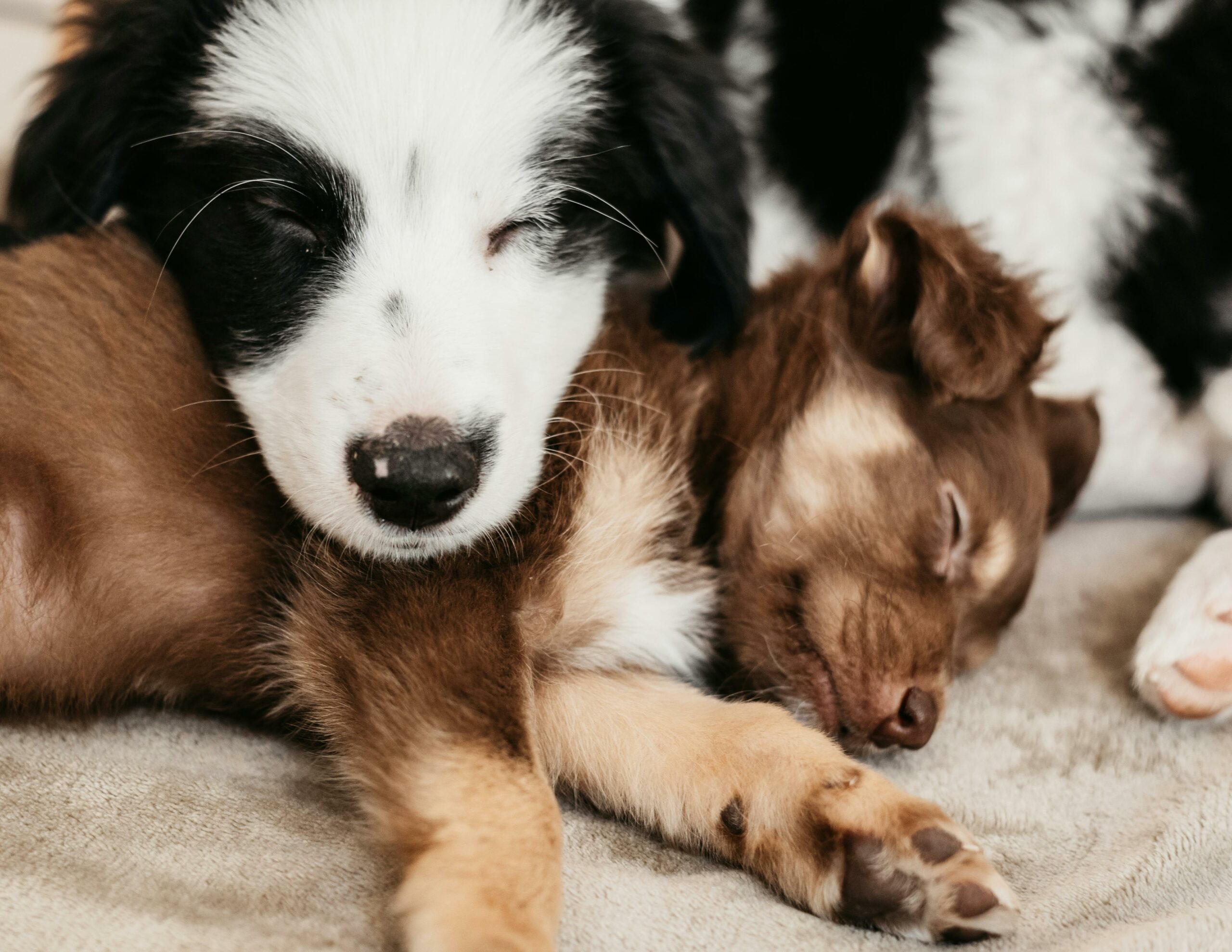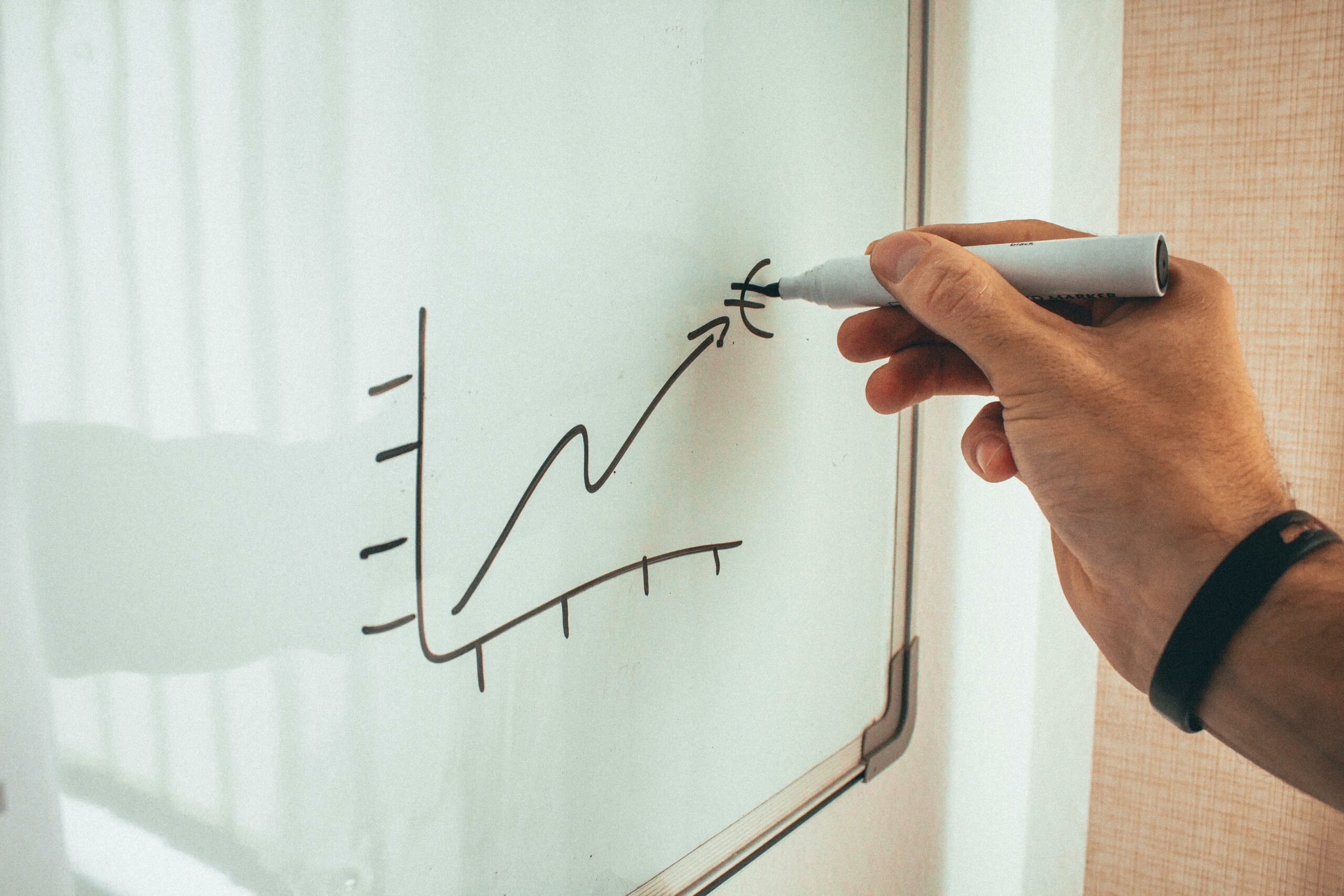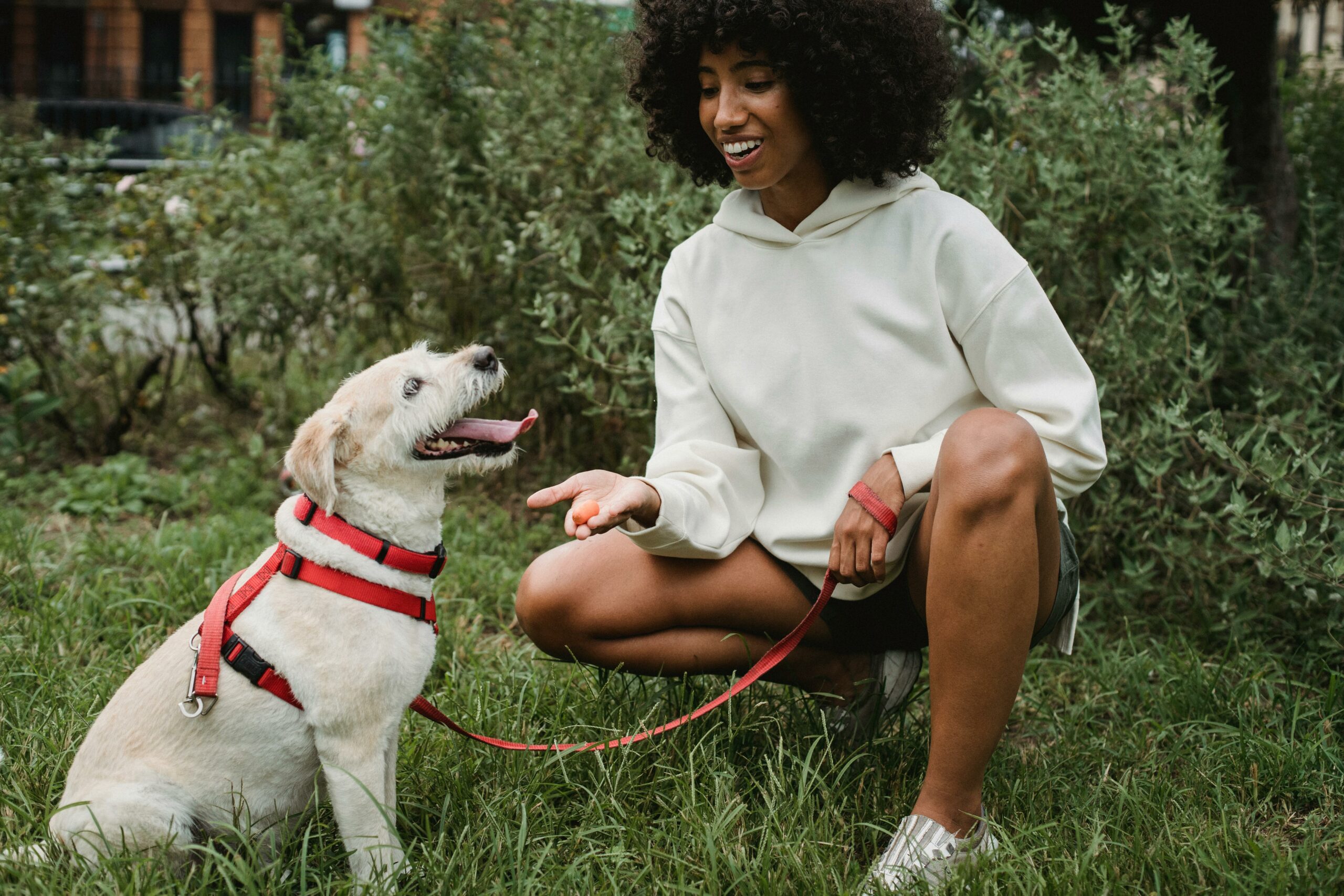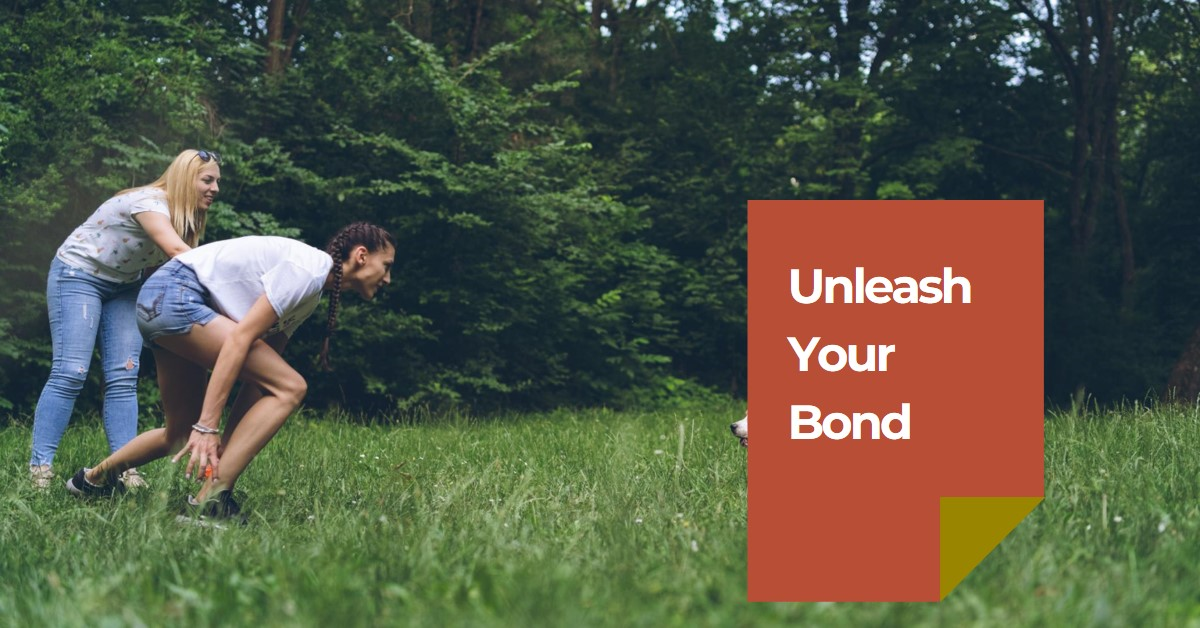During potty training, take your puppy outside every 1–2 hours to prevent accidents indoors. Consistency is key to successful potty training.
Potty training a puppy requires time, patience, and a routine that includes frequent outdoor trips. By taking your puppy outside every 1–2 hours, you can reinforce good potty habits and reduce accidents inside the house. Establishing a consistent schedule will help your puppy learn where and when to go potty.
Additionally, be sure to take your puppy out after eating, drinking, playing, and napping to increase the chances of successful potty breaks. Remember, positive reinforcement and patience are crucial during this training process.
The Puppy Potty Training Challenge
When potty training a puppy, it’s crucial to take them outside frequently to prevent accidents indoors. A good rule of thumb is to take your puppy outside every 1–2 hours, as well as after eating, playing, or waking up from a nap.
Consistent outdoor trips will help your puppy learn to associate going potty with the outdoors.
Potty training your new puppy can be a challenging task, but it is a crucial step in ensuring your dog’s health and happiness. Potty training not only helps your puppy learn where to go potty, but it also establishes a routine for your puppy’s daily activities.
The Potty Training Timeline
The timeline for potty training varies for each puppy. Typically, puppies can hold their bladder for one hour for every month of age. For example, a two-month-old puppy can hold their bladder for about two hours. However, this can vary depending on the breed, size, and individual puppy.
It is important to establish a consistent routine for your puppy’s potty breaks. Take your puppy out first thing in the morning, after meals, and before bedtime. Gradually increase the time between potty breaks as your puppy becomes better trained.
Signs Your Puppy Needs To Go
It is important to watch for signs that your puppy needs to go potty. Some common signs include sniffing the ground, circling, whining, or barking. If you notice any of these signs, take your puppy outside immediately to their designated potty spot.
Consistency is key when potty training your puppy. It may take several weeks or even months for your puppy to fully grasp the concept of potty training. Stay patient and consistent with your routine, and soon your puppy will be fully trained.
Remember to praise and reward your puppy for successful potty breaks. Positive reinforcement helps your puppy learn that going potty outside is the desired behaviour. With patience, consistency, and positive reinforcement, you can successfully potty-train your new puppy.
Setting Realistic Expectations
Age-related Abilities
Puppies have limited bladder control, so take them outside every 1–2 hours to prevent accidents.
Breed Considerations

Some breeds are quicker to grasp potty training, while others may need more time and patience.
Essential Potty Break Frequency
When it comes to potty training your puppy, establishing an essential potty break frequency is crucial for success. By understanding general guidelines and adjusting for your puppy’s specific needs, you can create a routine that promotes effective potty training and helps your puppy develop good habits.
General Guidelines
For most puppies, a general rule of thumb is to take them outside for a potty break every 2–3 hours. Additionally, puppies typically need to go outside after waking up, after playing, and after meals. Keeping a consistent schedule helps them learn when and where to do their business.
Adjusting For Your Puppy’s Needs
Every puppy is unique, so it’s important to pay attention to their individual signals. If your puppy is whining, circling, or sniffing around, it’s a sign that they need to go outside. Initially, you may have to take your puppy out more frequently until they establish better bladder control.
Creating A Consistent Schedule
When potty training a puppy, creating a consistent schedule is crucial to their success. A routine helps them learn when and where they should go potty, making the training process more effective. By following a set schedule, you can establish a pattern that teaches your puppy the appropriate times for bathroom breaks.
Sample Routines
Establishing a routine for your puppy’s potty breaks can help them learn and adapt quickly. Here are some sample routines to consider:
- Morning: Take your puppy outside immediately upon waking up, followed by another potty break 20–30 minutes after breakfast.
- Midday: Schedule regular potty breaks every 2–3 hours throughout the day, ensuring your puppy has ample opportunities to relieve themselves.
- Evening: Take your puppy out for a potty break before bedtime and once during the night if they are still young and unable to hold it through the night.
Importance Of Routine
A consistent schedule is essential for potty training success. It helps your puppy understand when they should go outside to potty, reducing accidents inside the house. Additionally, a routine aids in bladder control development and reinforces positive behaviour, leading to faster and more effective potty training.
Nighttime Potty Breaks
When potty training a puppy, it’s important to take them outside for nighttime potty breaks every 3–4 hours to prevent accidents inside the house. Consistency is key to reinforcing good habits and helping the puppy learn to control their bladder through the night.
Nighttime Potty Breaks
Managing Expectations
When potty training a puppy, it’s essential to manage your expectations, especially when it comes to nighttime potty breaks. Puppies have smaller bladders and may not be able to hold it all night. Understanding this can help you remain patient and consistent in your training efforts.
Minimizing Disruptions
To minimize disruptions during the night, establish a routine that aligns with your puppy’s natural sleep patterns. Offer the last meal and water about two hours before bedtime to reduce the need for a nighttime potty break. Additionally, ensure that your puppy has had an opportunity to eliminate just before going to sleep.
Taking Nighttime Potty Breaks
During the initial stages of potty training, it’s recommended to take your puppy outside for a potty break once or twice during the night. Keep the trips short and avoid stimulating activities that could wake your puppy up completely. This will help your puppy understand that nighttime is for sleeping, not playing or exploring.
Remember, consistency is key when it comes to nighttime potty breaks. Over time, as your puppy’s bladder capacity increases, you can gradually reduce the frequency of these nighttime outings. By being patient and understanding, you can help your puppy learn to sleep through the night without requiring a potty break.
Accidents Happen: How To Respond
Accidents happen during the potty training process, even with the most diligent efforts. Knowing how to respond to these accidents is crucial in reinforcing positive behaviour in your puppy. Here are some strategies to help you respond to accidents effectively.
Positive Reinforcement
When accidents occur, it’s important to avoid scolding or punishing your puppy. Instead, focus on positive reinforcement. Praise your puppy when they eliminate in the designated potty area, and consider giving them a small treat as a reward. This positive reinforcement helps to create a positive association with appropriate potty behaviour.
Learning From Mistakes
Accidents are an opportunity for both you and your puppy to learn. Take note of the times when accidents happen, and consider whether there are any patterns or triggers that may have led to the accident. Adjust the potty schedule or watch for signs that your puppy needs to go out to minimize future accidents. Consistency and patience are key to successful potty training.
Tracking Progress
Tracking Progress: One key aspect of successful potty training is tracking progress to understand your puppy’s development. By using potty training charts and recognizing milestones, you can effectively monitor your puppy’s behaviour.
Potty Training Charts:

| Day | Number of Successful Potty Trips |
|---|---|
| Day 1 | 4 |
| Day 2 | 6 |
| Day 3 | 8 |
Recognising Milestones:
- First successful potty trip outside
- Consistent signalling when they need to go
- Accidents decreasing over time
When To Seek Help
For successful potty training, take your puppy outside every 1–2 hours, after eating, drinking, and playing. Supervise closely and praise them for going outside to reinforce good behaviour. Consistency and patience are key in helping your puppy learn where to go potty.
When it comes to potty training a puppy, one of the most common journeyions is how often they need to go outside. Consistency is key, and taking your puppy out frequently can help them learn the proper place to go potty. But what about when you encounter common challenges or need professional training resources? Let’s explore those topics below.
Common Challenges
While potty training is an essential part of puppy ownership, it can also be a challenging one. Here are some common challenges you may encounter:
- Accidents inside the house
- Difficulty getting your puppy to go outside
- Puppy not understanding where to go potty
- Puppy holding their bladder too long
If you experience any of these issues, it’s essential to remain patient and consistent. Consider adjusting your potty training routine or seeking professional training resources.
Professional Training Resources
If you’re struggling with potty training your puppy, don’t hesitate to seek help from a professional trainer. There are many resources available, including:
| Resource | Description |
|---|---|
| Puppy training classes | Classes specifically designed for puppies that cover potty training and other essential skills |
| In-home training sessions | A trainer will come to your home to work with you and your puppy one-on-one |
| Online training programs | Virtual training programs that provide step-by-step guidance for potty training and other puppy skills |
Remember, every puppy is different, and it may take some time and patience to find the right potty training routine that works for you and your furry friend. By staying consistent and seeking help when needed, you’ll be on your way to potty training success in no time.
Frequently Asked Questions
What Is A Good Potty Schedule For A Puppy?
Establish a consistent potty schedule for your puppy by taking them out every 1–2 hours, after meals, naps, and playtime. Gradually increase time between outings as they grow.
How Often Should I Take My Puppy Out To Potty Train?

Take your puppy out every 1–2 hours to potty-train. Also, after eating, drinking, playing, and waking up. Be consistent with a routine.
How Long Does Potty Training Take A Puppy?
Potty training a puppy typically takes 4–6 months, but can vary depending on the dog’s age, breed, and consistency in training.
Can I Take My Puppy Out To Potty Too Much?
Yes, taking your puppy out to potty too much can be detrimental to their training. It’s recommended to take them out every 2–4 hours, depending on their age and bladder control. Overdoing it can lead to confusion and accidents. Be consistent and patient with your training routine.
Potty training your puppy requires patience and consistency. Taking your puppy outside every 1–2 hours, after meals, and after naps can help in successful potty training. Additionally, paying attention to your puppy’s cues and rewarding them for going outside can reinforce good behaviour.
With time and effort, your puppy will learn the routine and become reliably trained.
